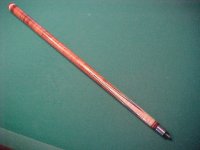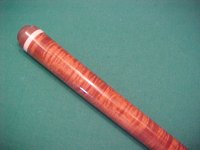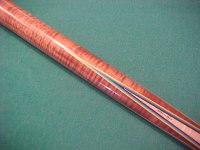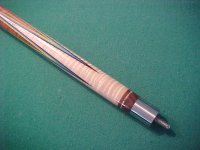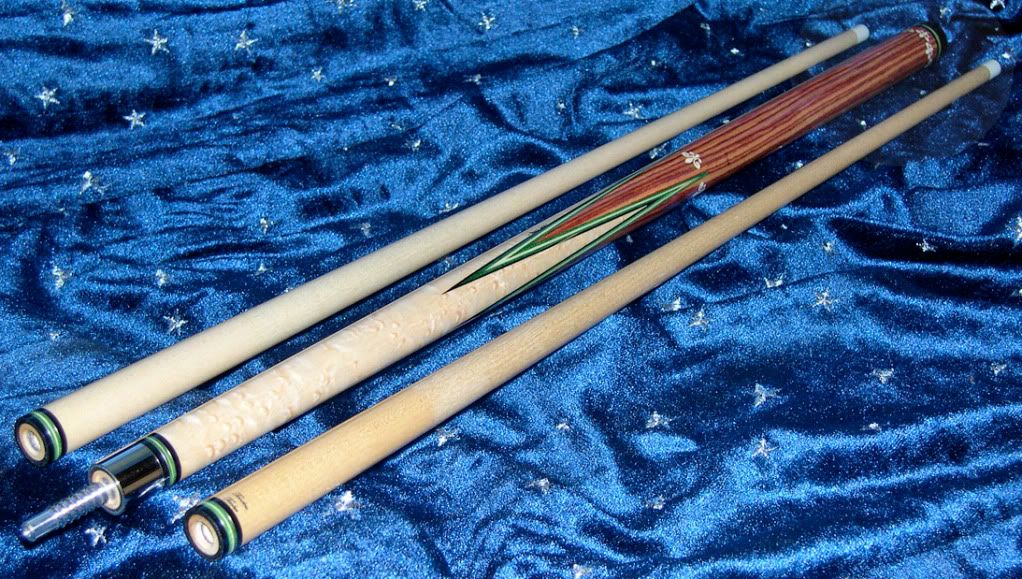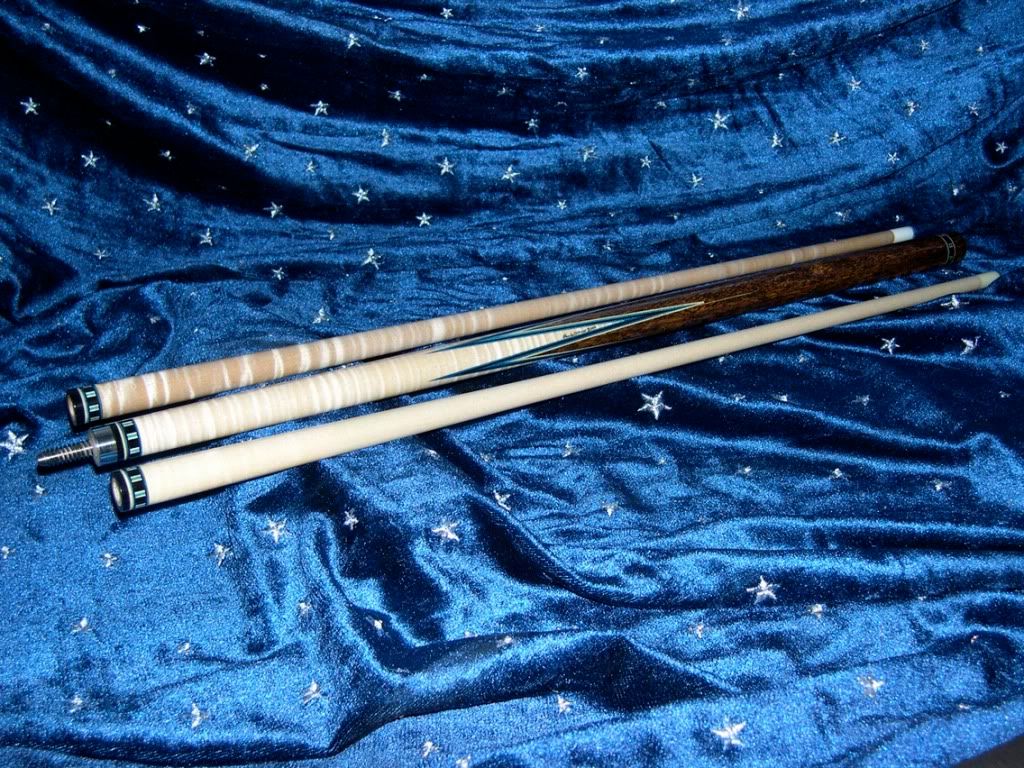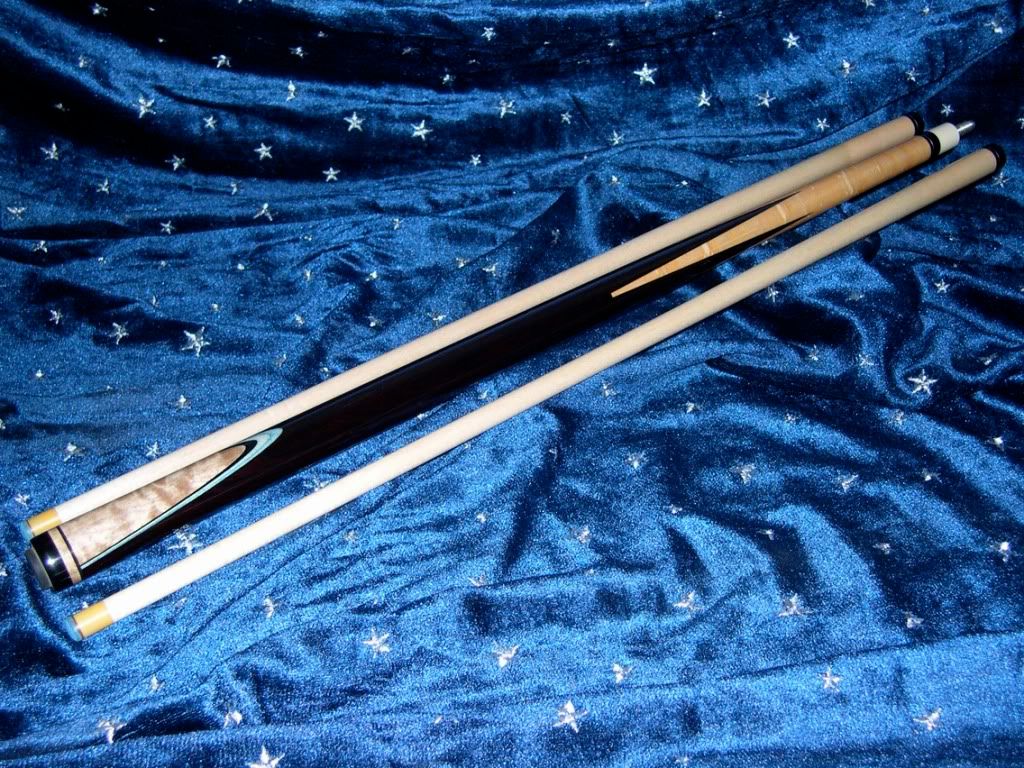Hmmmm
John Davis makes full spliced blanks.
especially nice are the ones with long points and veneers!!!:thumbup:
I agree. I"m getting my Davis blank built out now by a Chicago cuemaker. Nice to have a little part of history, I mean John Davis built blanks for Balabushka !! Enough Said !!
